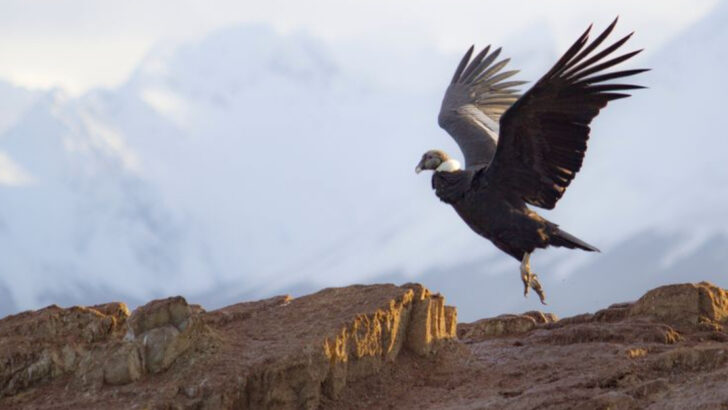They’re massive, majestic—and they can fly. While most heavyweights of the animal kingdom stick to the ground, a few bold birds break the rules and take to the skies. With wingspans stretching wider than a car and bodies heavier than a bowling ball, these airborne giants defy expectations. Some lumber through the air with slow, powerful wingbeats. Others only fly when absolutely necessary, saving energy for the perfect moment. But whether soaring over the savannah or gliding across icy landscapes, their presence is impossible to miss. These are not your average fliers. From Africa’s towering Kori bustard to North America’s graceful trumpeter swan, these birds prove that size doesn’t always mean grounded. Let’s meet the heaviest high-flyers still ruling the skies today.
Kori Bustard
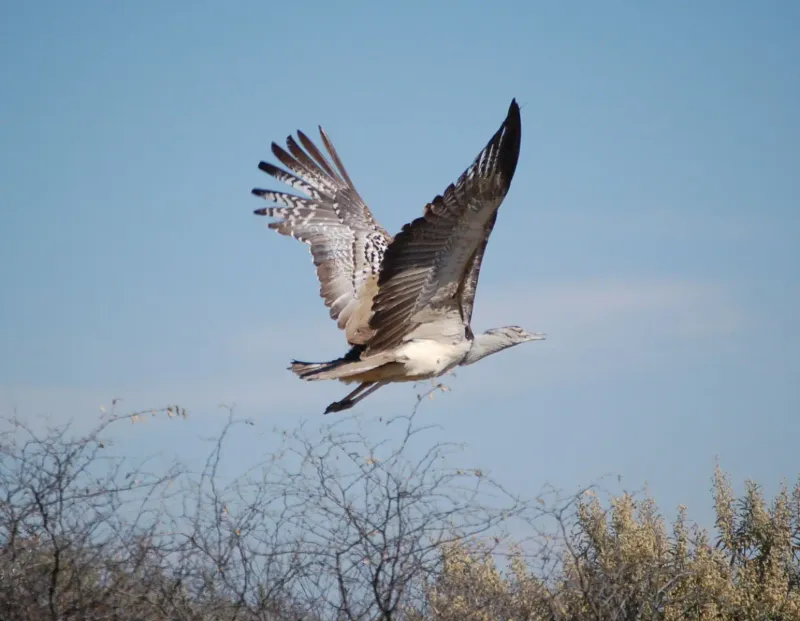
In the vast savannahs of Africa, the Kori Bustard reigns as the heaviest flying bird. Males can weigh up to 40 pounds (18 kg), yet they manage to soar with surprising agility. These birds are more inclined to walk, often reserving flight for emergencies. Their powerful wings enable them to take off swiftly when startled. Standing tall with striking plumage, the Kori Bustard is a true spectacle. Did you know? Despite their size, these birds are known for their courtship displays, where males puff out their throats and strut majestically to attract mates.
Great Bustard
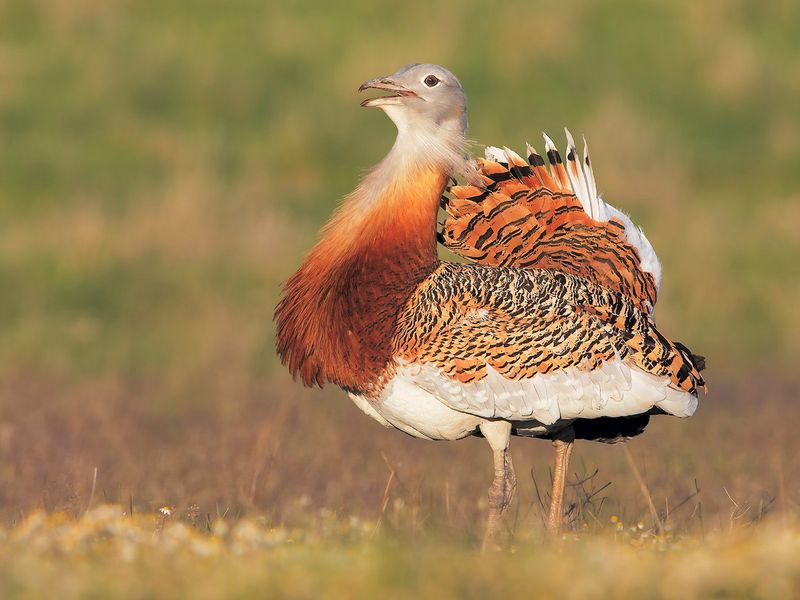
As one of Europe’s heaviest flying birds, the Great Bustard is an awe-inspiring sight. Males can tip the scales at 35 pounds (16 kg), making them formidable creatures of the air. Despite their size, they are capable fliers, often seen soaring across open landscapes. They engage in elaborate mating rituals, where males display their feathers in a show of strength and beauty. Interestingly, these birds are known for their cautious nature and prefer open fields to spot potential threats from afar.
Trumpeter Swan
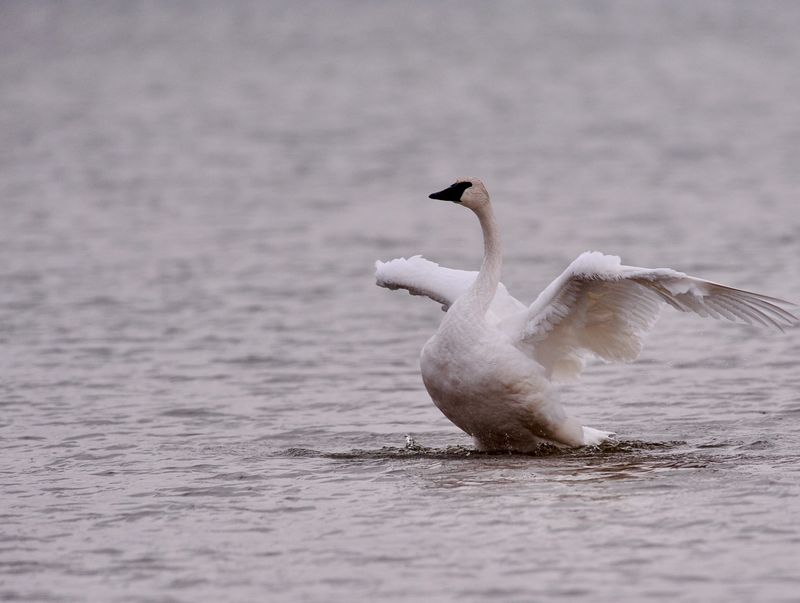
Graceful and elegant, the Trumpeter Swan is North America’s heaviest native waterfowl. Weighing up to 30 pounds (13.5 kg), these swans are known for their clear, trumpet-like calls that echo across lakes and rivers. Their majestic white plumage and elongated necks make them a symbol of beauty and grace. These swans are monogamous, often forming life-long bonds. Did you know? The Trumpeter Swan was once threatened by overhunting, but conservation efforts have successfully brought them back from the brink of extinction.
Mute Swan

The Mute Swan, with its distinctive curved neck and orange bill, is a familiar sight across many parts of the world. Weighing around 26 pounds (12 kg), these swans are known for their territorial nature. Despite their serene appearance, they can be fiercely protective of their nests. Their name comes from their quieter disposition compared to other swan species. In flight, their large wings produce a rhythmic, musical sound. They are often associated with grace and romance, frequently depicted in folklore and art throughout history.
Andean Condor
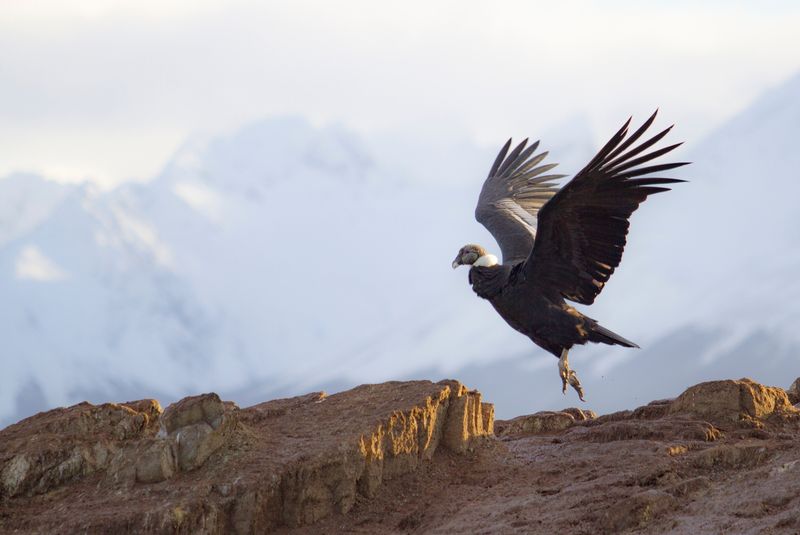
The Andean Condor, though not the heaviest, boasts one of the largest wingspans, exceeding 10 feet. Found in South America, these birds are masters of the sky. They use thermal updrafts to glide effortlessly over the mountainous terrain. Considered a symbol of power and freedom, the Andean Condor plays a vital role in Andean culture and is often featured in local folklore. Did you know? These birds can travel hundreds of miles a day in search of food, showcasing their endurance and adaptability.

